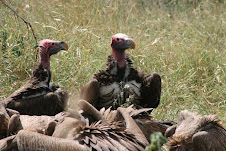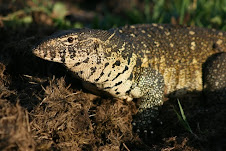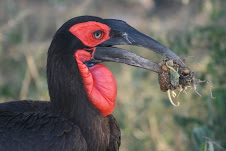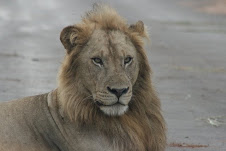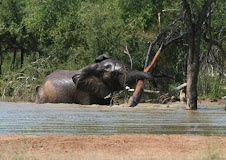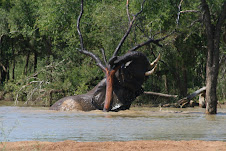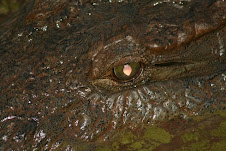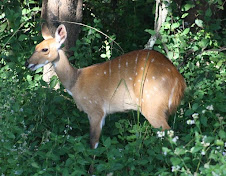

Hyenas 1 - Duncan 5
Oh well it had to happen, I just hope not too often. I used to have 6 cameras, I now have 5.
I put the cameras out last night as usual and on inspection found one missing. It wasn’t the children or poachers but on inspection the only spoor in the area were mine and a hyena. The camera had been torn from its cord and was now missing. I had a quick search of the area and found nothing however when I returned I decided to follow the hyena tracks along the road and where they finished concentrated my search in the bush there. Luckily and to my surprise we found the camera and believe it or not it was still working and intact, except for half of the front cover. I took it back to base and downloaded the images. It looks a si-fi ish. The inside of a hyenas mouth is quite scary but you can’t see too much details because the Infra red flash makes it very bright.
Well done to Bushnells for making such a robust camera, it still works but I don’t think it will be water tight.
Keep looking at my blog and pass details onto your friends.
Oh well it had to happen, I just hope not too often. I used to have 6 cameras, I now have 5.
I put the cameras out last night as usual and on inspection found one missing. It wasn’t the children or poachers but on inspection the only spoor in the area were mine and a hyena. The camera had been torn from its cord and was now missing. I had a quick search of the area and found nothing however when I returned I decided to follow the hyena tracks along the road and where they finished concentrated my search in the bush there. Luckily and to my surprise we found the camera and believe it or not it was still working and intact, except for half of the front cover. I took it back to base and downloaded the images. It looks a si-fi ish. The inside of a hyenas mouth is quite scary but you can’t see too much details because the Infra red flash makes it very bright.
Well done to Bushnells for making such a robust camera, it still works but I don’t think it will be water tight.
Keep looking at my blog and pass details onto your friends.










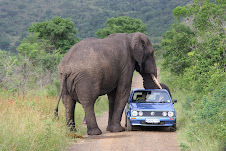.jpg)

